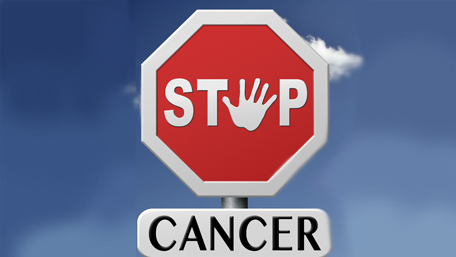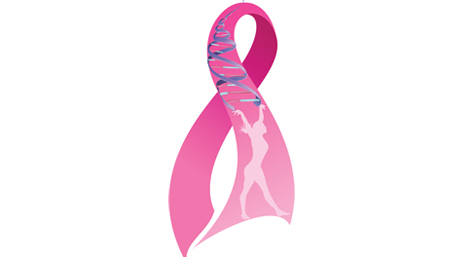
10/05/2020
Hot Topics of the Day are picked by experts to capture the latest information and publications on public health genomics and precision health for various diseases and health topics. Sources include published scientific literature, reviews, blogs and popular press articles.
Sign up MyPHGKB to receive the daily hot topic email alert.
Archived Hot Topics of the Day By Date
The Family Health History Group
NHGRI, October 2020

Whole genome, transcriptome and methylome profiling enhances actionable target discovery in high-risk pediatric cancer
M Wong et al, Nature Medicine, October 5, 2020
Crowding and the shape of COVID-19 epidemics
B Rader et al, Nature Medicine, October 5, 2020
Longitudinal high-throughput TCR repertoire profiling reveals the dynamics of T cell memory formation after mild COVID-19 infection
AA Minervina et al, BIORXIV, October 1, 2020
Multiple early introductions of SARS-CoV-2 into a global travel hub in the Middle East
A Abou Tayoun et al, BIORXIV, October 1, 2020
Synonymous mutations and the molecular evolution of SARS-Cov-2 origins
H Wang et al, BIORXIV, October 2, 2020
Early Evidence of Effectiveness of Digital Contact Tracing for SARS-CoV-2 in Switzerland
M Salathe et al, MEDRXIV, October 4, 2020
Predicting public take-up of digital contact tracing during the COVID-19 crisis: Results of a national survey
YE Saw et al, MEDRXIV, October 5, 2020
The Pandemic of Health Care Inequity
LR Thronson et al, JAMA Network Open, October 2, 2020
Prediction of Overall Survival Among Female Patients With Breast Cancer Using a Prognostic Signature Based on 8 DNA Repair–Related Genes
D Zhang et al, JAMA Network Open, October 5, 2020
Disclaimer: Articles listed in Hot Topics of the Day are selected by Public Health Genomics Branch to provide current awareness of the scientific literature and news. Inclusion in the update does not necessarily represent the views of the Centers for Disease Control and Prevention nor does it imply endorsement of the article's methods or findings. CDC and DHHS assume no responsibility for the factual accuracy of the items presented. The selection, omission, or content of items does not imply any endorsement or other position taken by CDC or DHHS. Opinion, findings and conclusions expressed by the original authors of items included in the Clips, or persons quoted therein, are strictly their own and are in no way meant to represent the opinion or views of CDC or DHHS. References to publications, news sources, and non-CDC Websites are provided solely for informational purposes and do not imply endorsement by CDC or DHHS.
- Page last reviewed:Feb 1, 2024
- Page last updated:Apr 21, 2024
- Content source:





